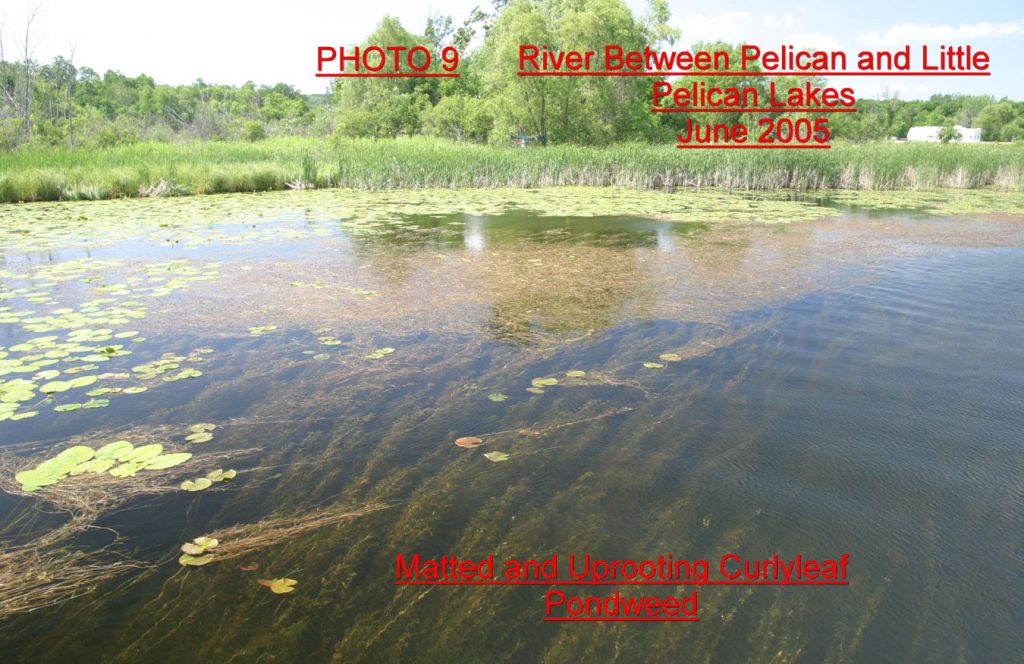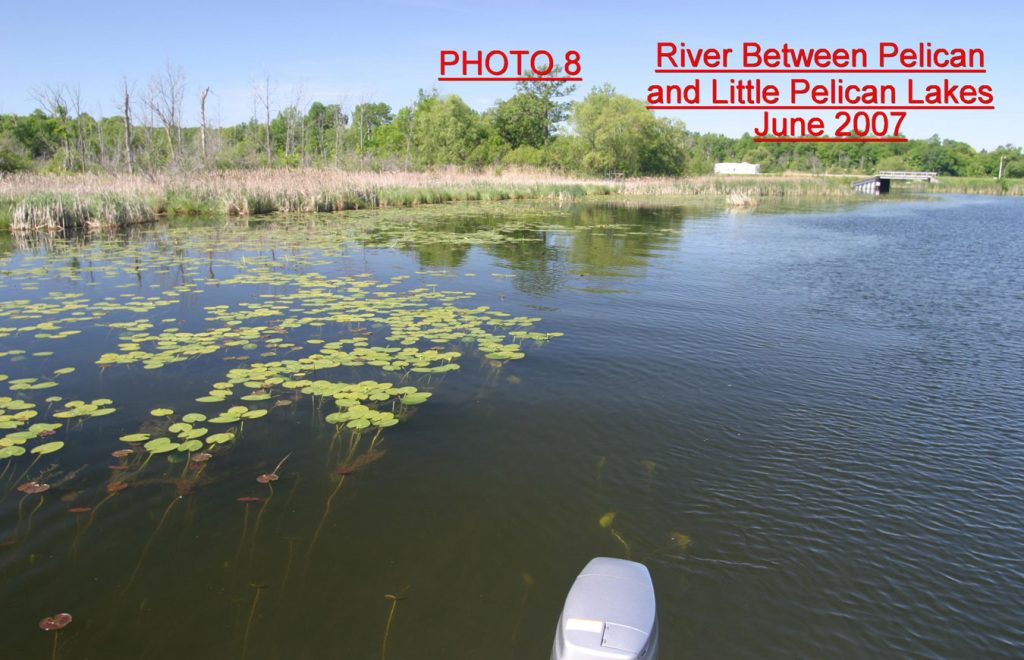PGOLID has been treating Curly-leaf pondweed (CLP) in the PGOLID lakes for the past 10 years. This treatment costs up to $26,000 per year. The treatment process usually starts with a plant survey in early May to detect the locations of the CLP for treatment that year. At this time of year, the CLP is usually very small. Treatment needs to occur before the water is 60 degrees, so it usually occurs in late May. This year, upon the advice of experts in the Twin Cities, PGOLID decided to re-evaluate their CLP program and conduct a thorough plant survey in June, when the CLP is taller and easier to detect. The goal of this later survey was to better document the CLP areas in the lake so that a more effective herbicide treatment can be completed next year. Taking this year off of the CLP treatment will not cause it to spread more from its current locations. CLP areas and thickness has decreased drastically since 2005, see photos below.
In 2016, a thorough CLP survey was conducted in June. The results of the survey can be seen below. The “x” locations did not show any CLP. The only areas of CLP found were the orange-colored boxes. A square or star shape means that the CLP was dense, covering our whole sampling plant rake. A circle or triangle is a low density of CLP. The 2016 survey showed that the areas in Pelican Lake are diminished. It does show that treatment will need to occur in Bass Lake in 2017. Little Pelican Lake has been being treated for 10 years and still shows a relatively high amount of CLP. In 2017, PGOLID will request to the DNR that we treat all the orange boxes shown on the map. For any questions, please contact the Lake Coordinator.




